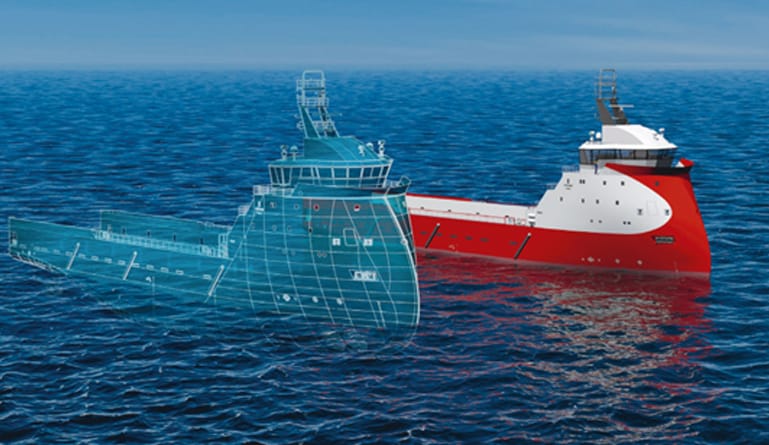How virtual simulations and data analytics impact the lifecycle of important assets.
For manufacturers, leveraging the Internet of Things to produce digital twin models saves money, time, and headaches with real-time data collection and predictive optimization.
If your business works with industrial manufacturers, then you may be familiar with big data analytics and the Internet of Things (IoT) as solutions for long-term predictive maintenance. What you may not be aware of is how much data and IoT innovation has gone into asset management and optimization.
For example, are you utilizing the digital twin concept to model your industrial equipment to develop efficient operating conditions and procedures? If not, then read on, because this article will discuss digital twin IoT technology to help better your operations management to achieve manufacturing excellence.
Revolutionize Your Approach to Asset Management with Digital Twin Technology
As IoT techniques involving sensors, wireless communication, and real-time data analytics revolutionize how business owners and technical specialists monitor complex manufacturing processes, new strategies have sought to leverage data for predictive purposes. “Digital twin manufacturing” is one such strategy, one that Bernard Marr describes in Forbes as “powerful masterminds to drive innovation and performance.”
The digital twin concept is simply this: take a complex operation or system, such as a machine or an assembly line like you would find in an industrial setting, and collect data in real time to create a digital model of that operation. This is where the Internet of Things comes in to play. To collect real-time data, a network of sensors connected through wireless communication protocols called a “digital thread” provides data to software that constructs an exact digital replica of the system for analysis.
That’s not to say that the twin model is an abstract data set of a system: a digital twin product is an exact digital replica of that system, including the equipment and the operating conditions reported by the sensors. This “virtual twin” replica provides all the data that specialists would need to make predictions about upcoming failures, optimizations, or maintenance issues.
How to Use Digital Twins for Asset Management
With a digital twin model of your manufacturing operation, you have all the tools you need to optimize assets in real-time. Advances in machine learning and data visualization provide opportunities for 3-D modeling or predictive maintenance of your assets as they function within your manufacturing operation, which means you can anticipate opportunities for optimization. A digital twin can predict the failure of one or multiple physical parts in one of your machines, and either warn you about the upcoming failure or suggest changes that will extend the life of that part.
Managing assets through digital twin products means leveraging machine learning and real-time data to optimize every aspect of your manufacturing operation. Manufacturing is already complex, so utilizing digital twin manufacturing models provides an opportunity for you and your technical team to work with predictive models that can increase productivity and reduce wear-and-tear on crucial parts.
What does this mean? It means you can maximize savings on operating costs and minimize downtime and inefficient assets. It also means that you can make changes to your manufacturing procedure and see the effects of those changes reflected as they happen. It means that you have the latest information regarding the state of all your assets, how they work together, and how you can increase performance without spending a fortune doing so (or losing a fortune if the whole thing breaks down).
If your business relies on a complex piece of machinery or manufacturing process, then digital twin manufacturing is a concept to consider. Not only will managing assets become much easier, but you will be able to get ahead by using data to optimize wasteful aspects of your manufacturing operation, and predicting problems before they occur. In the long run, that means saving money and potentially innovating your entire operation.





